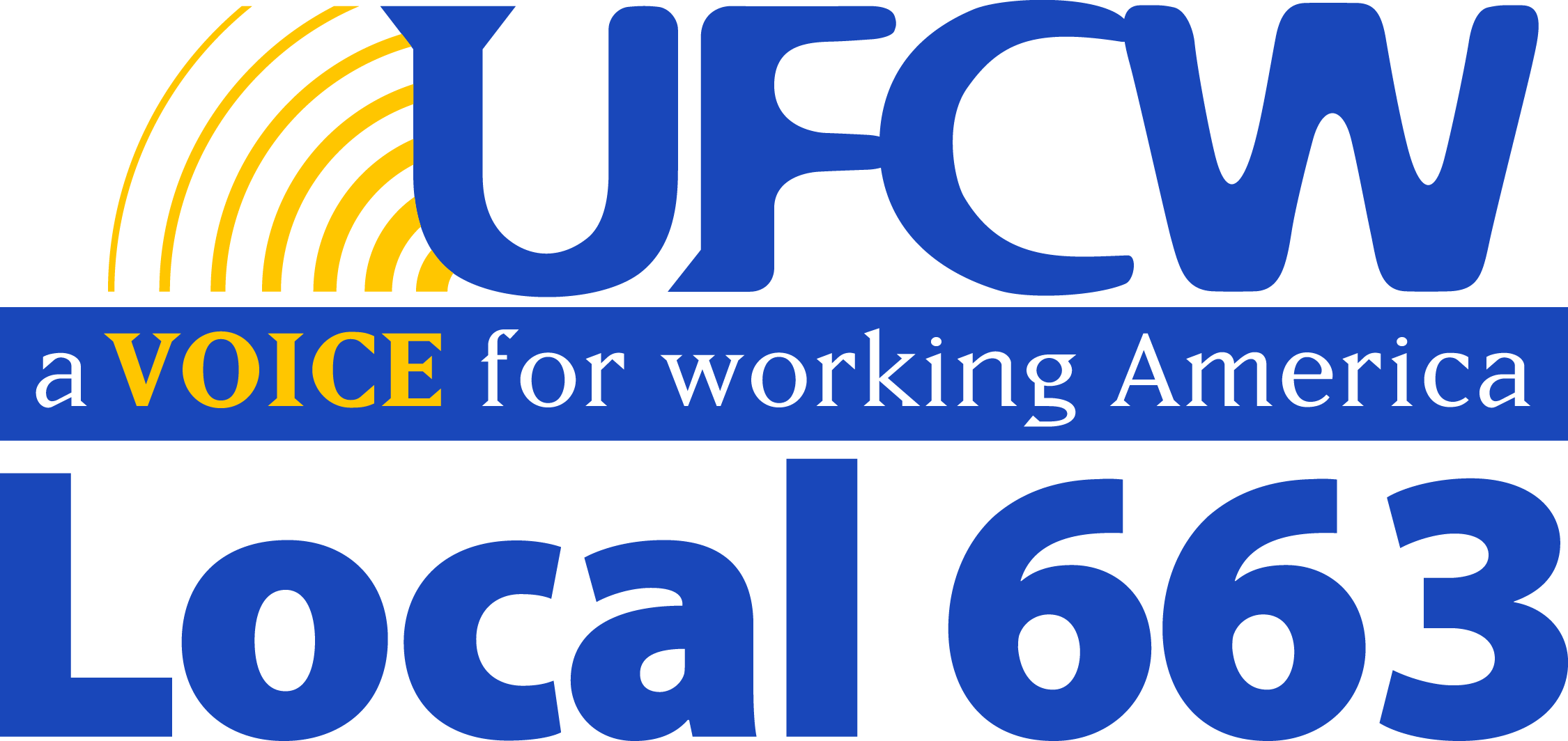November is dedicated to Diabetes Awareness, to share the importance of this disease and educate people as it is very common. It is estimated that about 30 million people in the United States are living with the disease, and about every 1 in 4 people living with diabetes are unaware they have it.
Diabetes is a disease that occurs when the level of glucose in the blood (blood sugar level) is too high. This happens when the body does not produce insulin well. Insulin is a hormone made by the pancreas which helps move sugar out of the blood and into the cells to produce energy. There are two different types of diabetes:
Type 1 Diabetes: This occurs when the immune system attacks and destroys the cells that produce insulin. It can appear at any age, but it is more commonly diagnosed in children and young adults. The risk for type 1 diabetes is higher for those with a family history. People with this type need to give themselves a daily insulin shot, use an insulin pump or an automated insulin dosage device to stay alive and healthy.
Type 2 Diabetes: This occurs when the body can’t produce insulin well. Some of the risk factors include obesity, being inactive, family history, and age. It can develop at any age, but it is more common in people over 40. Many people with this type of diabetes may need to take diabetes medications, including pills, insulin or other injectable medications.
Those living with diabetes are also at a higher risk of heart disease, stroke, and other serious complications such as kidney failure, blindness, or amputation or a toe, foot or leg. There are many ways to stay healthy and manage life with diabetes with these steps:
- Learn coping skills
- Make healthy food choices
- Be physically active
- Be sure to take mediations
- Check feet every day for cuts, blisters, red spots and swelling
- Keep track of blood sugar levels
- Check blood pressure
- Don’t smoke
There are many symptoms of diabetes, which is why it is important to see a doctor if experiencing any of the following:
- Increased urination, often at night
- Increased thirst
- Increased hunger
- Weight loss
- Blurry vision
- Tingly or numb hands or feet
- Feeling very tired
- Very dry skin
Some symptoms with type 1 diabetes include nausea, vomiting or stomach pains. Type 1 symptoms can develop in a few weeks or months and can be severe. Type 2 symptoms often take several years to develop and sometimes go unnoticed. It is important to know the risk factors for type 2 as the symptoms can be hard to spot.
As a Local 663 member, you and your family members have access to TEAM, an employee assistance provider, at no cost to you. (800) 634-7710 | www.startwithteam.com
To ensure you receive all pertinent information, please update your address with the Fund Office, Wilson-McShane Corporation, when you move. To update your information, you may access the Change of Personal Information Form from the website www.663benefits.com. You may also call (952) 851-5797 or toll-free (844) 468-5917 to request a Change of Information Form.

